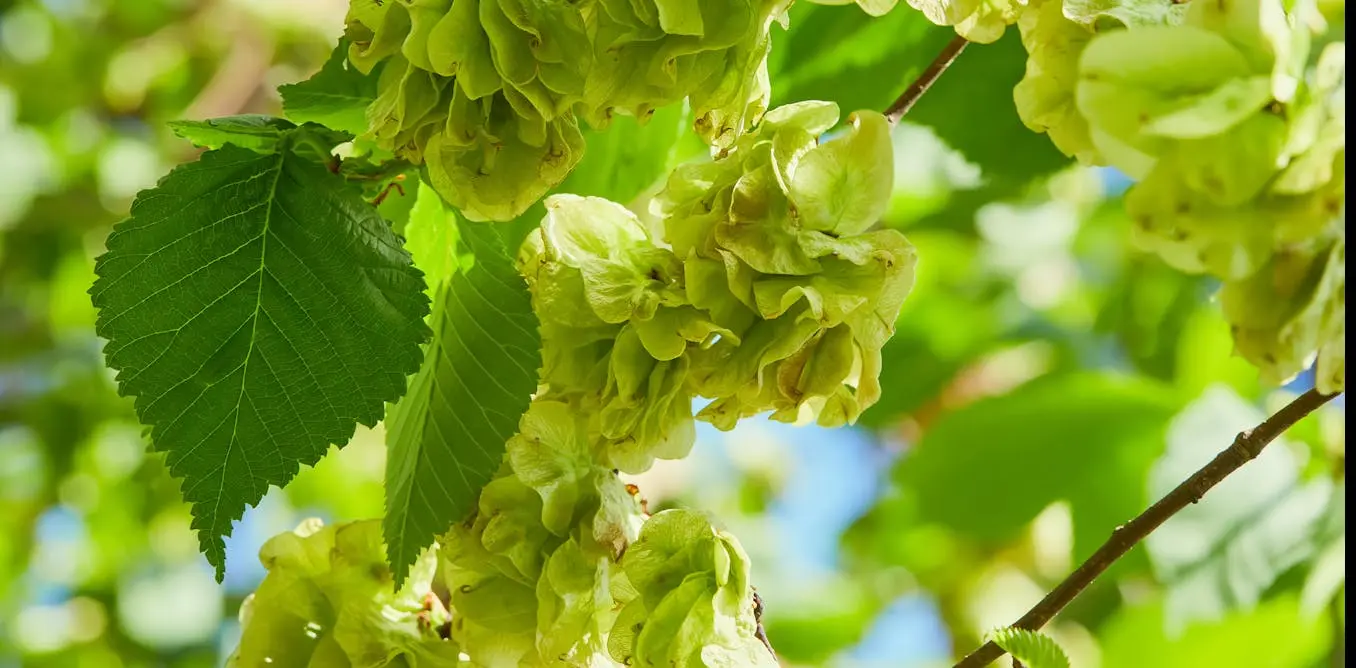Elm trees were once stalwarts of the UK countryside that towered out of hedgerows, lined fields and woodlands. Glance at the landscape paintings of John Constable for a vague idea of what has been lost. Elm timber made ships, chairs and even water pipes until the 19th century.
These trees, and the world they held up, came crashing down when Dutch elm disease caused what is arguably the worst change to the UK’s countryside in living memory. The fungal disease carried by the elm bark beetle arrived on UK shores early in the 20th century and killed some elms but left the majority standing. Elm trees were not out of the woods though – a more virulent strain arrived in the 1960s and destroyed most of the UK’s 30 million elms.
Since the near total loss of elm save for a handful of trees that avoided the disease, generations have grown up without seeing a mature elm in the landscape. This has entrenched the public perception of elm as a lost species.


